"Field newsroom" at sea
On May 23, 2025, the KN-290 fishing control ship officially left Cat Lai port (HCMC), taking a working delegation to visit Truong Sa and DK1 platform, including 100 leaders and reporters from press agencies and journalists' associations nationwide to celebrate the 100th anniversary of Vietnam Revolutionary Press Day.
The media team on board ship KN-290 on a voyage bringing 100 journalists to visit Truong Sa archipelago and DK1 platform
Photo: Ba Duy
The first day of the voyage passed smoothly, we gradually got used to the disciplined lifestyle on board. From eating to sleeping hours, all were announced by the ship's loudspeaker and the journalists all followed the orders like real soldiers. On the second day, when the big waves rocked us in our fitful nap, the loudspeaker announced: "The information and propaganda team is preparing for an urgent meeting at the command post". I woke up, staggering on the swaying deck, my heart filled with indescribable emotions. This was the first time I had participated in a voyage to Truong Sa, and even more honorable, I was a member of the information and propaganda team on board.
The information and propaganda team was established as soon as the group departed. Initially, there were only 8 members, but Mr. Tran Tien Duan, Editor-in-Chief of VietnamPlus Electronic Newspaper , who was assigned to coordinate the team's activities, suggested adding more members to make it 13 members. "I want to add factors that can create a breakthrough in information and propaganda work on this voyage," Mr. Duan explained.
The team members came from central and local press agencies, along with Cheo artists from Thai Nguyen Cultural and Art Center. Our mission was to conduct 6 internal news broadcasts at 9pm every night to inform about the daily activities of the working group, and at the same time provide spiritual motivation for 100 journalists as well as members of the KN-290 ship on the 7-day journey.
Broadcasts were made via on-board radio equipment.
Photo: Ba Duy
Immediately after its establishment, the team met and assigned specific tasks. We were divided into groups, each broadcast day was managed by 3 people with clear assignments: one person wrote the script, one person interviewed and contacted the characters, and one person polished the script. After completing the content, there would be a meeting with the Information and Communications Team to agree before broadcasting.
Lieutenant Colonel Pham Quang Tien, a reporter for the Vietnam Navy Newspaper, with nearly 50 business trips to Truong Sa, shared that on each visit to Truong Sa and the rigs, he was in charge of the internal radio news, but this trip was very special. This was the first time there was such a large and professional radio crew. He himself received a lot of support and learned more experience from his colleagues.
Each bulletin usually consists of a summary of the day's schedule, cultural programs such as songs, skits, cheo pieces or poetry. In particular, we organize talk shows with the participation of delegation leaders such as Colonel Do Hong Duyen, Deputy Political Commissar, Command of Naval Region 2; journalist Le Quoc Minh, Editor-in-Chief of Nhan Dan Newspaper , President of the Vietnam Journalists Association ; along with artists, writers, poets and even soldiers serving on the ship. "We want each bulletin to be like a daily dish, with different spices. Today we invite cheo artists, tomorrow it's a skit, the day after that it's singers and journalists," Mr. Tran Tien Duan compared. At the end of each bulletin, we announce the next day's schedule and necessary notes.
Journalism with confidence and pride
Reporting in Truong Sa is completely different from reporting on land. Nguyen Van Hai, a reporter for Voice of Vietnam , admitted that he was initially "surprised" by the technical conditions, which were too simple compared to the professional environment at the station. "There was no professional microphone, no sound mixer, the two MCs had to take turns holding a wired phone (the only device used to make announcements on the ship). If there were guests, arrangements had to be made to ensure the best sound quality," he said.
Lieutenant Colonel Pham Quang Tien (holding a wired phone) , reporter of Vietnam Navy Newspaper , member of the Information and Communications Team, in an internal radio broadcast
Photo: Ba Duy
According to Lieutenant Colonel Pham Quang Tien, the biggest difficulties were the weather conditions and equipment. On previous trips, there were days when almost the entire ship was seasick, leaving only male crew members. Even if we wanted to find a female announcer, there was no one, which sometimes made the program and content poor. There was no phone signal on the ship, no internet at all, we had to use the notes on the phone to compose content, discuss and supplement each other.
Because the ship's communication equipment must be placed at the command post to broadcast the news, the broadcasts often have to operate in "just enough" light to ensure the ship's steering. Ms. Nguyen Tu Anh, editor of the Foreign Television Department of Vietnam Television, described: "The broadcasting equipment is just a telephone, the light is weak, the space is narrow. We have to take turns, whoever's turn it is, that person stands in the working position. All internal communication must go through the command post, call the loudspeaker, or go to each room to announce directly".
But it was precisely these difficulties that created a special strength of unity. Drifting at sea for a week, the most effective means of information and communication was the internal radio program. We tried to make each news bulletin have its own color, diverse expressions, fully reflecting the activities of the group and creating an exciting atmosphere for the next day's journey.
What touched me the most was the enthusiastic reception from the whole crew. The next morning, many people came and said: "Yesterday's program was so great! The script was so good!" At times, we even had to cut the content short because there were so many people who wanted to share their stories about Truong Sa.
"The greatest experience is not technical, but the love for the homeland and the heart towards the officers, soldiers and people of Truong Sa. Even though seasick or tired, staying up late to think about the content of the news, cannot compare to the silent contributions and sacrifices of the officers and soldiers on the island and on the ship," Mr. Nguyen Van Hai shared.
Throughout the journey, all 13 members of the Information and Propaganda Team became more aware of the responsibility of journalists. We are not only information transmitters but also soldiers on the "propaganda front", propagating about the rich and strong Vietnamese sea and islands, contributing to affirming sacred sovereignty, refuting distorted arguments about the East Sea. More importantly, with the responsibility of journalists, we spread the steadfast message: Vietnam is always for peace, for development. That responsibility is also to support propaganda so that fishermen can confidently go to sea, to propagate about the heroic and resilient Vietnam People's Navy, day and night protecting the sovereignty of the sea and islands.
Every time the ship docks at an island or DK1 Platform, I feel a new strength and spirit. Looking at the resilient naval officers and soldiers, the people living at the forefront of the wind and waves, my heart is filled with honor, pride and deep gratitude.
When the KN-290 returned to Cat Lai port, my luggage back to the mainland was full of unforgettable memories. The spirit of "doing journalism in Truong Sa" will follow me throughout my career, like an endless source of inspiration. When doing journalism with responsibility and national pride, with love for the sea and islands, there is almost no difficulty that cannot be overcome!
Thanhnien.vn
Source: https://thanhnien.vn/lam-bao-tren-chuyen-tau-dac-biet-den-truong-sa-185250619013531872.htm


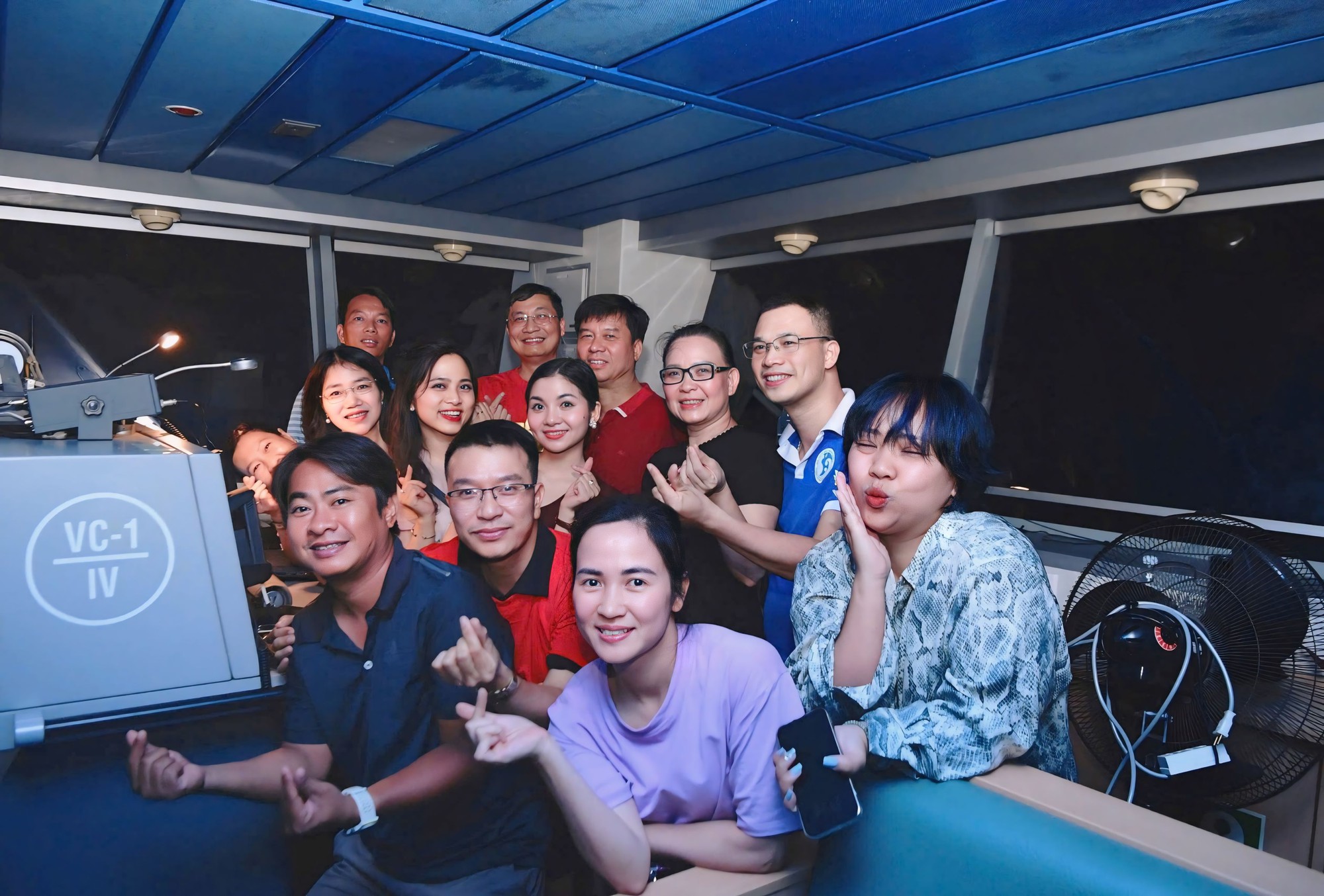
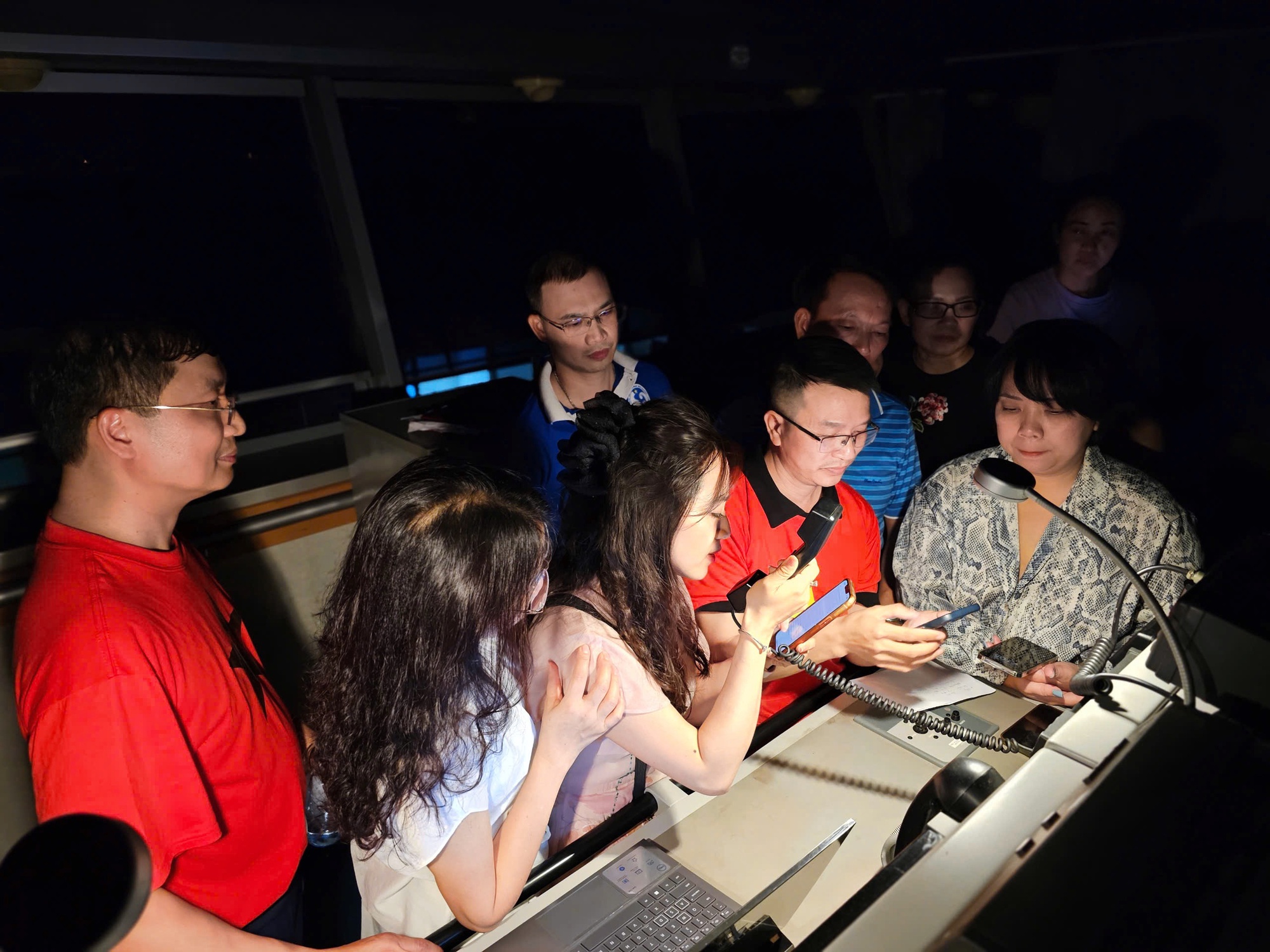
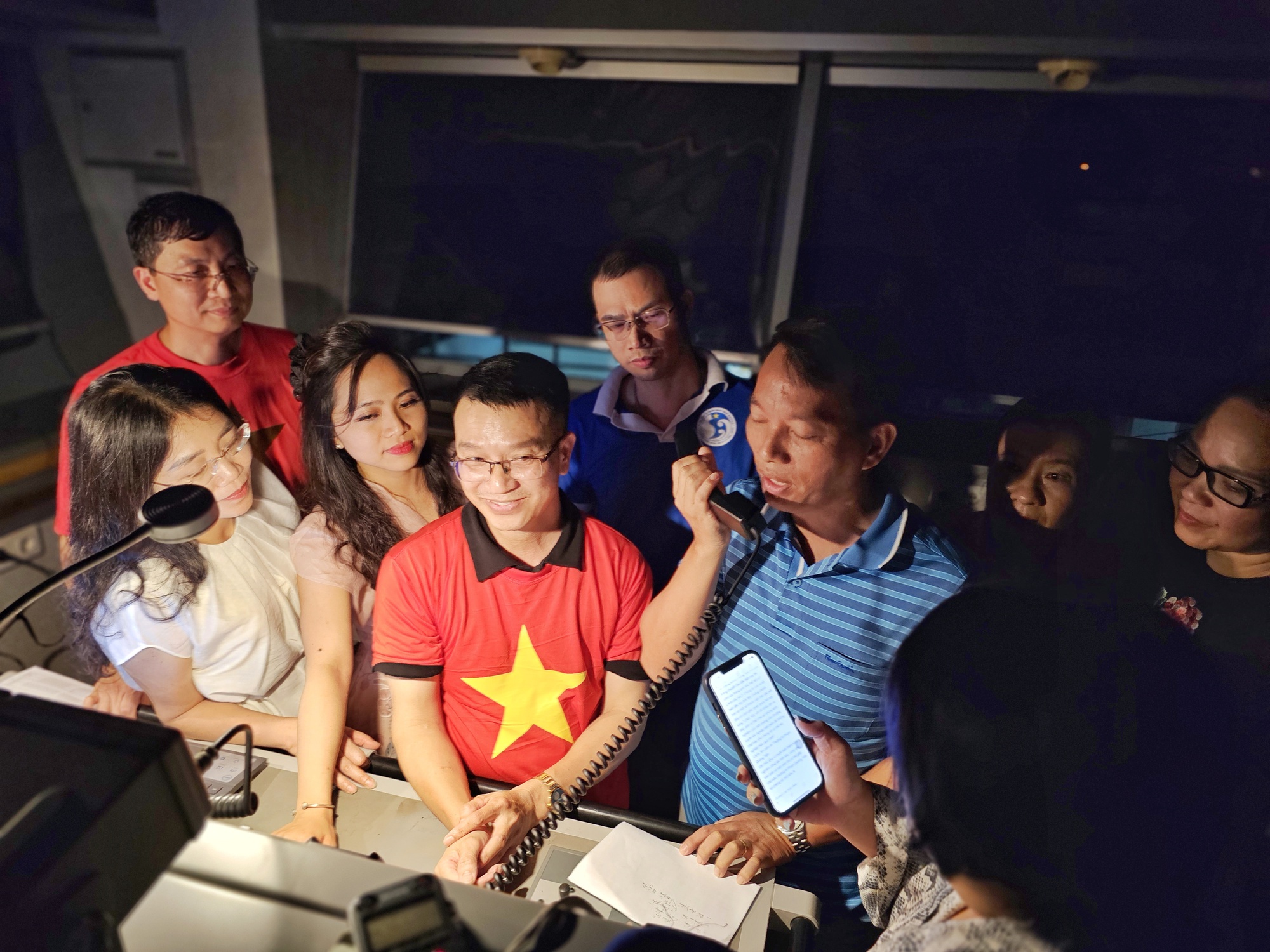






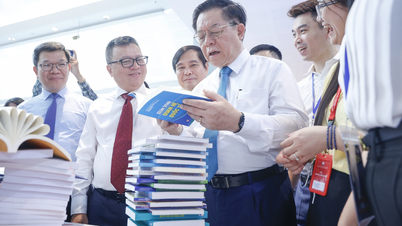
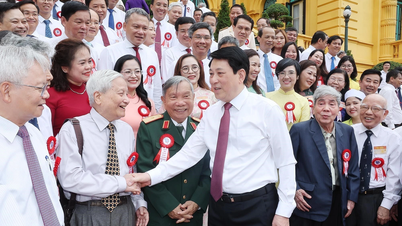
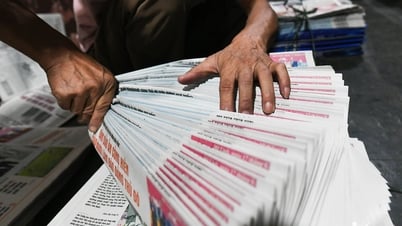

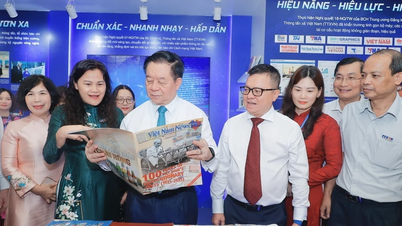


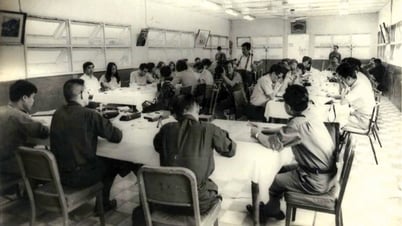

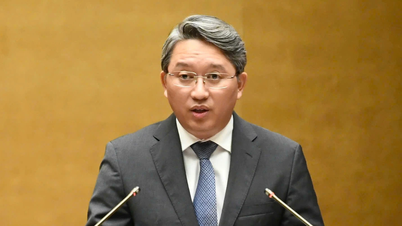

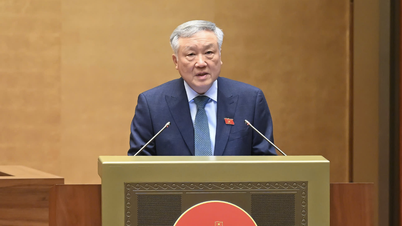

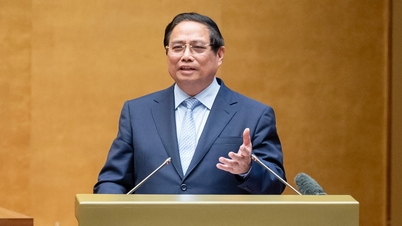


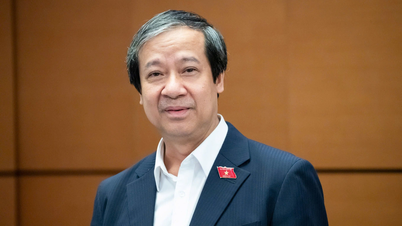





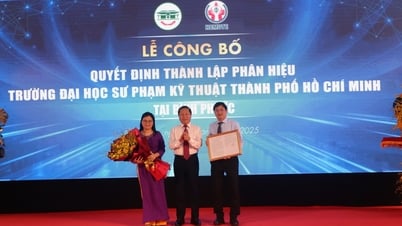
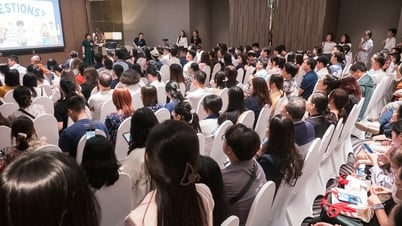
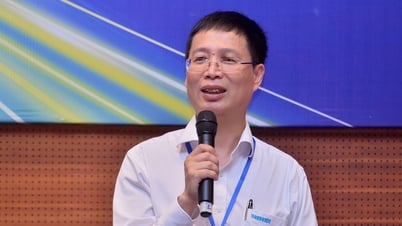


![[Photo] The 9th Congress of the Party Committee of the Office of the President, term 2025-2030](https://vphoto.vietnam.vn/thumb/1200x675/vietnam/resource/IMAGE/2025/6/20/78e7f27e8c4b4edc8859f09572409ad3)
























![[Maritime News] Wan Hai Lines invests $150 million to buy 48,000 containers](https://vphoto.vietnam.vn/thumb/402x226/vietnam/resource/IMAGE/2025/6/20/c945a62aff624b4bb5c25e67e9bcc1cb)













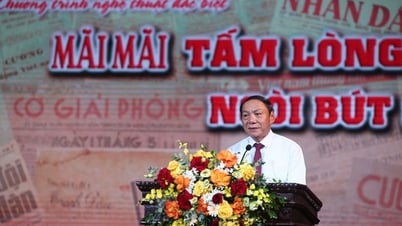
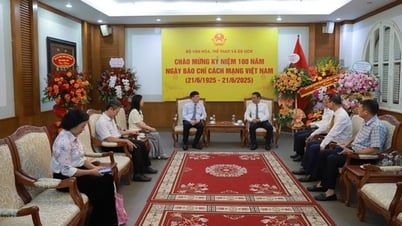


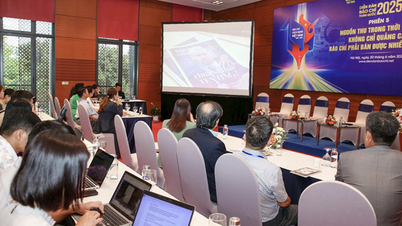
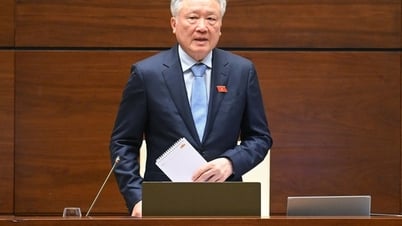



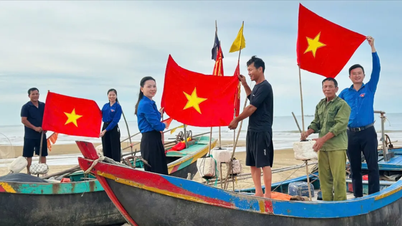
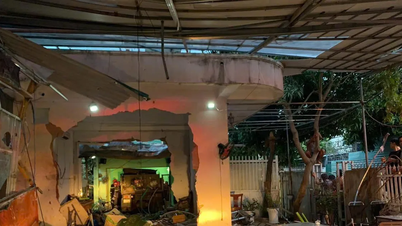

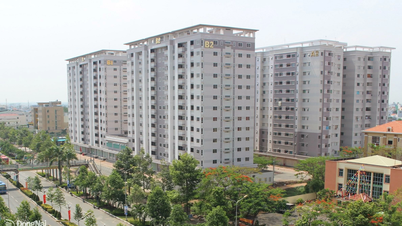














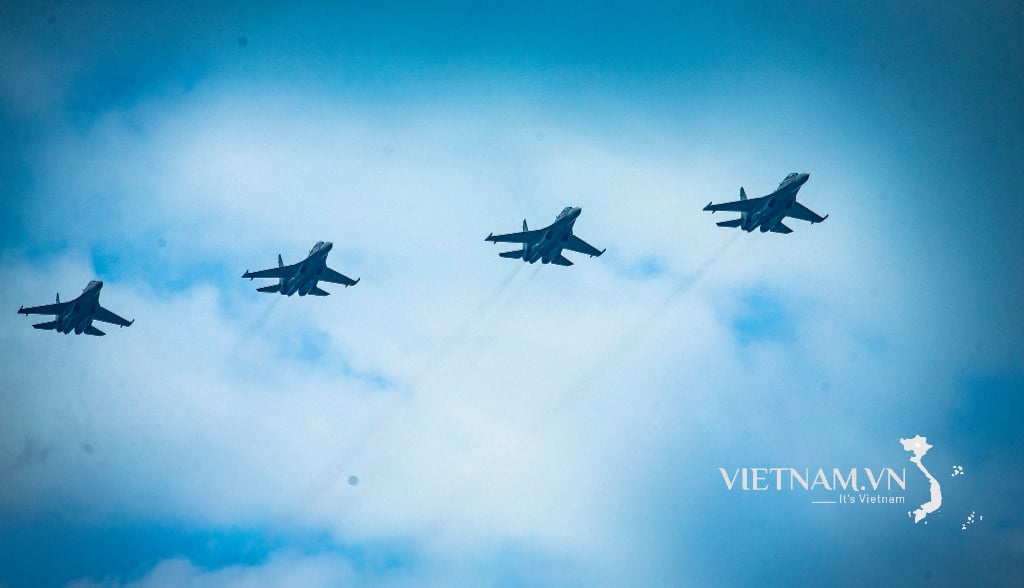

Comment (0)